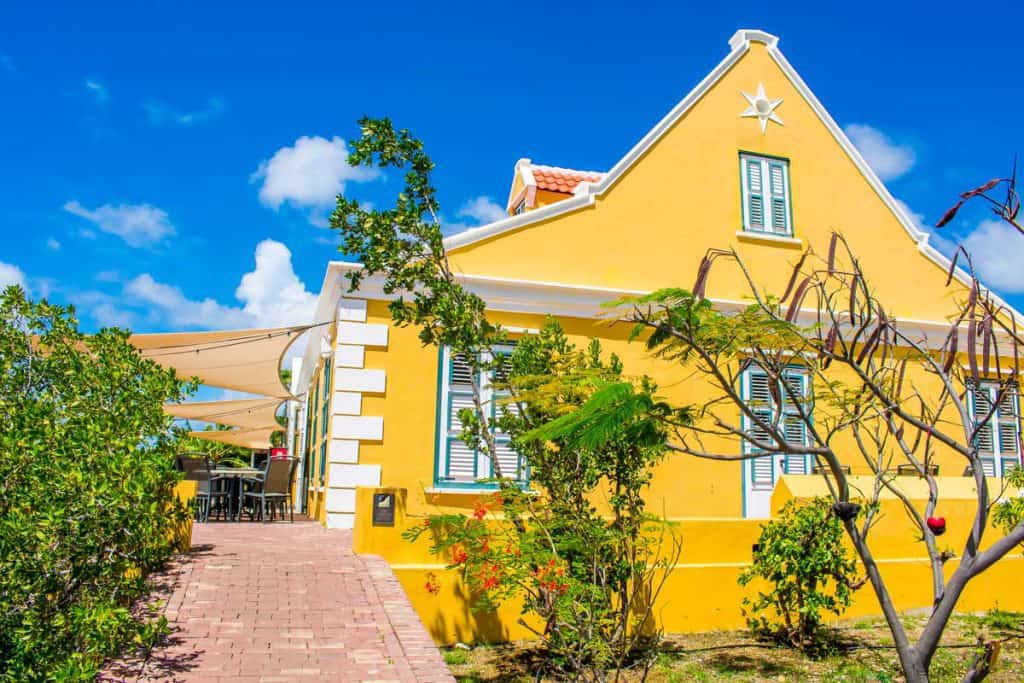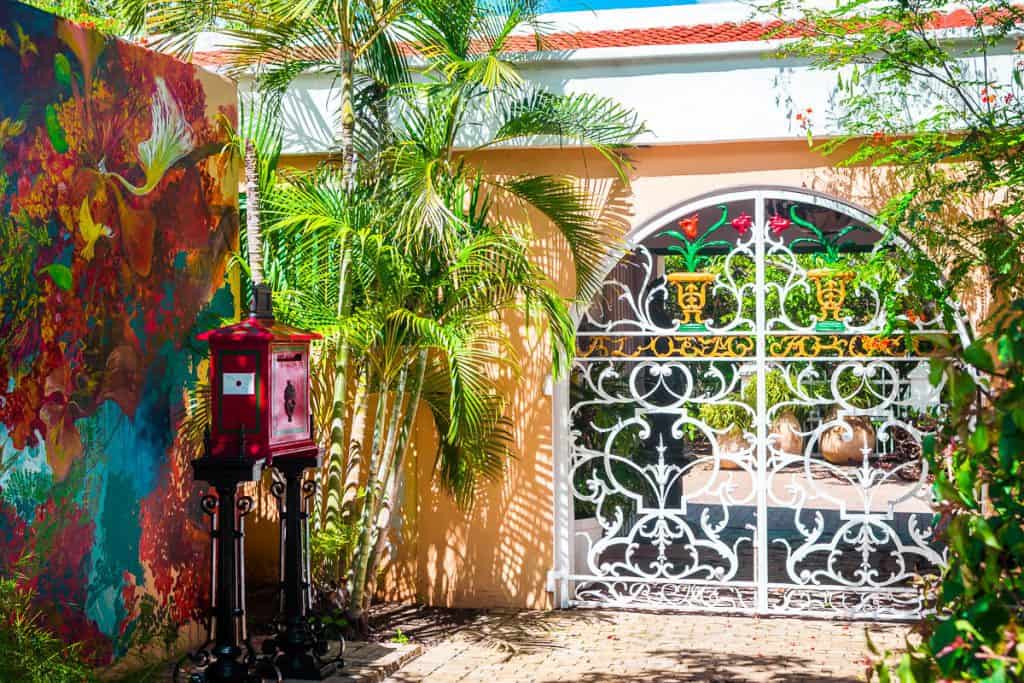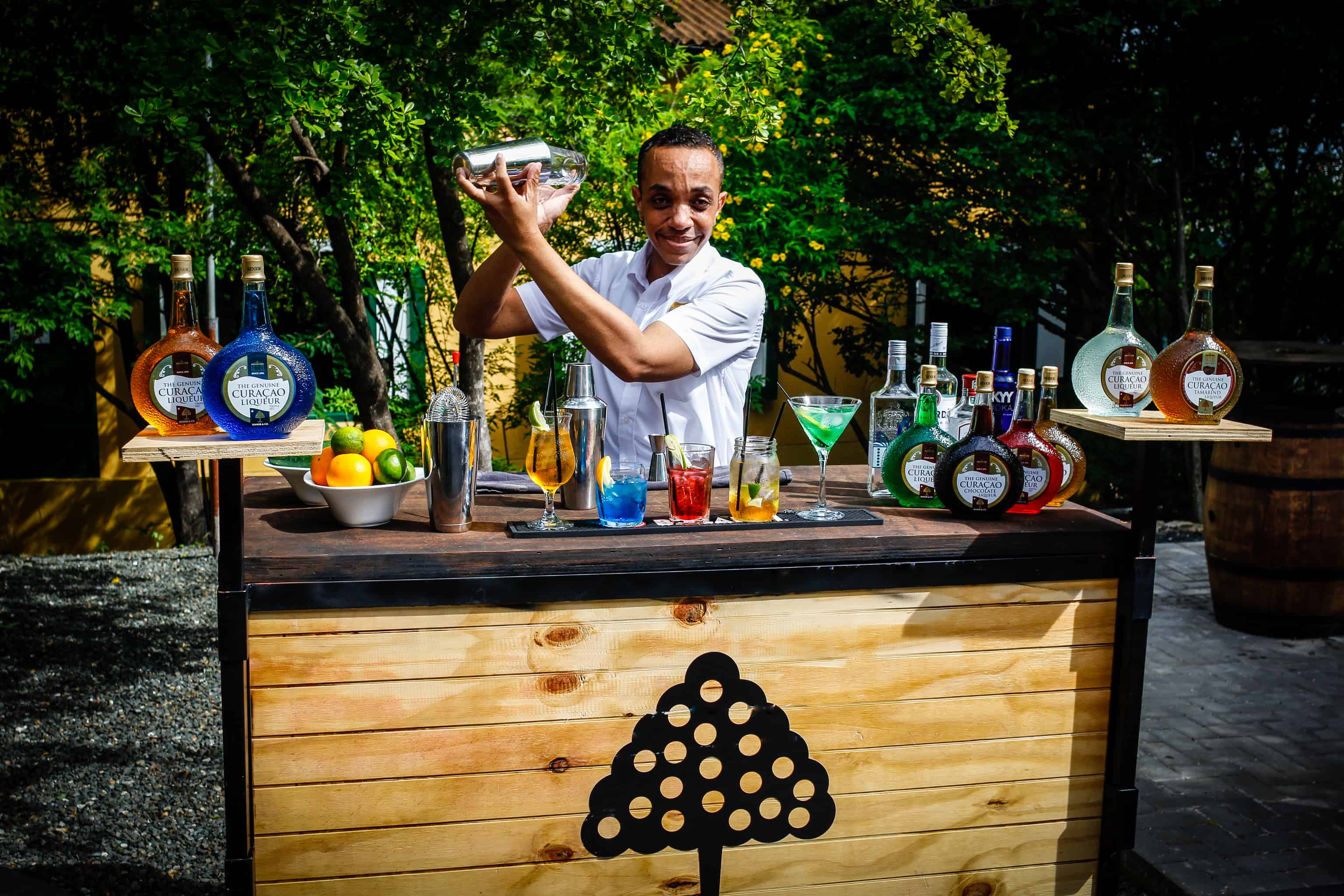Curaçao was colonized by the Dutch around 1634 and is now a constituent country (land) of the Kingdom of the Netherlands. Walk around the historic center of Willemstad and you can still clearly see the Dutch influence on the island, especially in the architectural designs. Scattered around the island you’ll encounter uniquely built mansions, called ‘landhuizen’. These landhuizen form an important part of the heritage of Curaçao, telling a story at every nook of the building.
The History Behind the Plantation Houses
Curaçao Landhuizen are the Dutch term for plantation houses, though I find the term plantation mansion more accurate. You see, back in the days, agriculture was one of the focus points in the economy. While agriculture wasn’t a success on the island, at that time, the plantation owners built several plantation houses that overlooked their fields. Most landhuizen were built in the 18th and 19th century. During those times the Dutch West India Company (WIC) were in the business of slave trade and Curaçao was an important part of their logistics. Slaves were inspected on the island to be sold to other countries, but several were left behind for different reasons and sold to the ‘masters’ (‘Shon’ in the local tongue) of the plantations.
Each plantation had a different function. While just a few grew fruits and vegetables, others produced sugar cane, but salt mining was the most profitable one.
The Architecture of Plantation Houses
Most of the landhuizen were built on top of a hill so the master could overlook his plantation and the slaves. Around the plantation houses, they placed the slave huts and storage houses. The tale goes that building houses on top of a hill was the Dutch way of protecting the island from enemies coming from the coast and having a clear sight of the land and neighboring houses. In case of an emergency, let’s say a slave riot, the owner of the plantation had a clear line of sight to alert his neighbor(s).
The houses were built from coral with some brick stone details. The saddle roof was built from Dutch tiles that led the rain to a man-made rainwater harvesting system. At the center of the houses, you might find sagged pillar holding the mansion. Since coral is less solid than concrete, the bottom part had to have more material to make it sturdy.
The wind played an important role in the location of the plantation houses and the setting of the interior. It was of utmost importance that wind could blow freely through the house and cool the house at every hour of the day.
Inside the houses, in the kitchen of the landhuis, the murals were painted in a unique way—red walls with white dots. The reason behind it is that people believed that this pattern confused and disoriented the flies.










